BIOALGAELAB INTERESPECIES © 2023
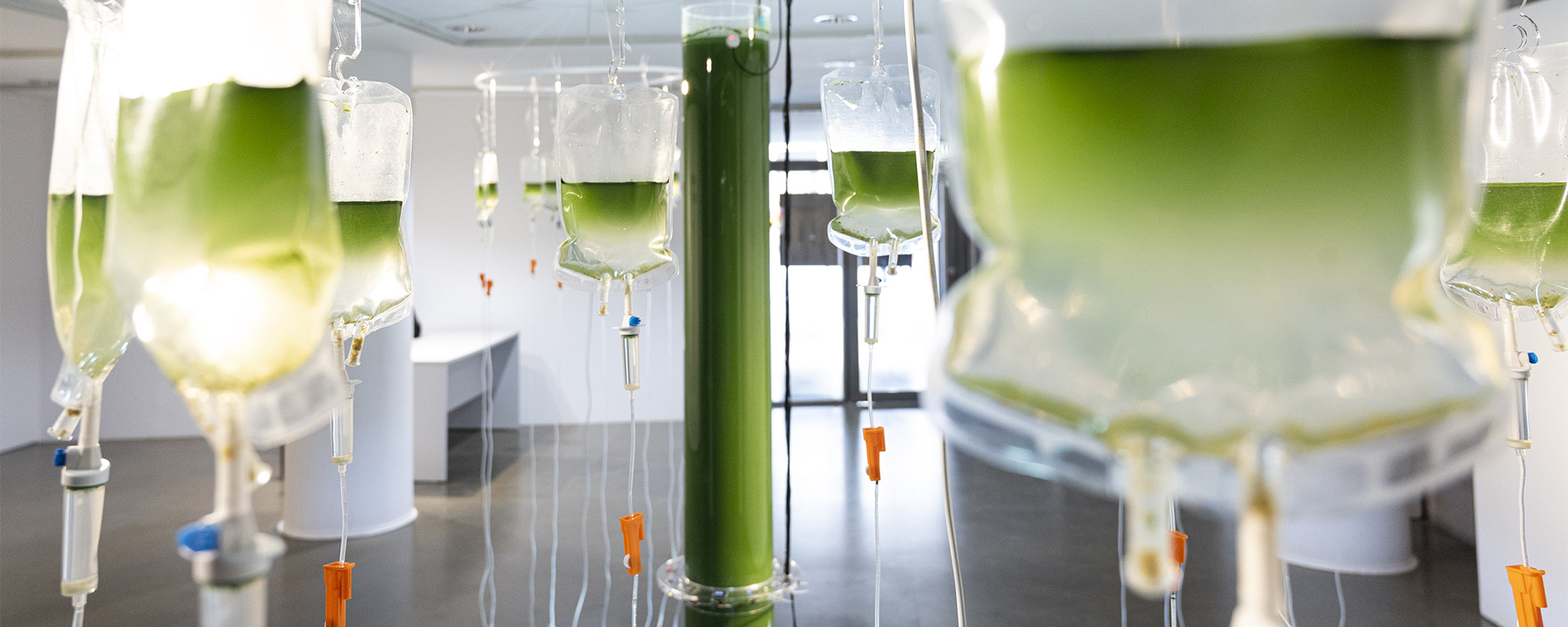
BioAlgaeLab Interespecies, 2023
Microalgae bioreactor (Spirulina), infusion bags, biomaterials, sensors, acrylic and light.
Conceptualization: Esther Pizarro
Production: Esther Pizarro Studio
Technology: Markus Schroll
350 x 350x 245 cm (h)
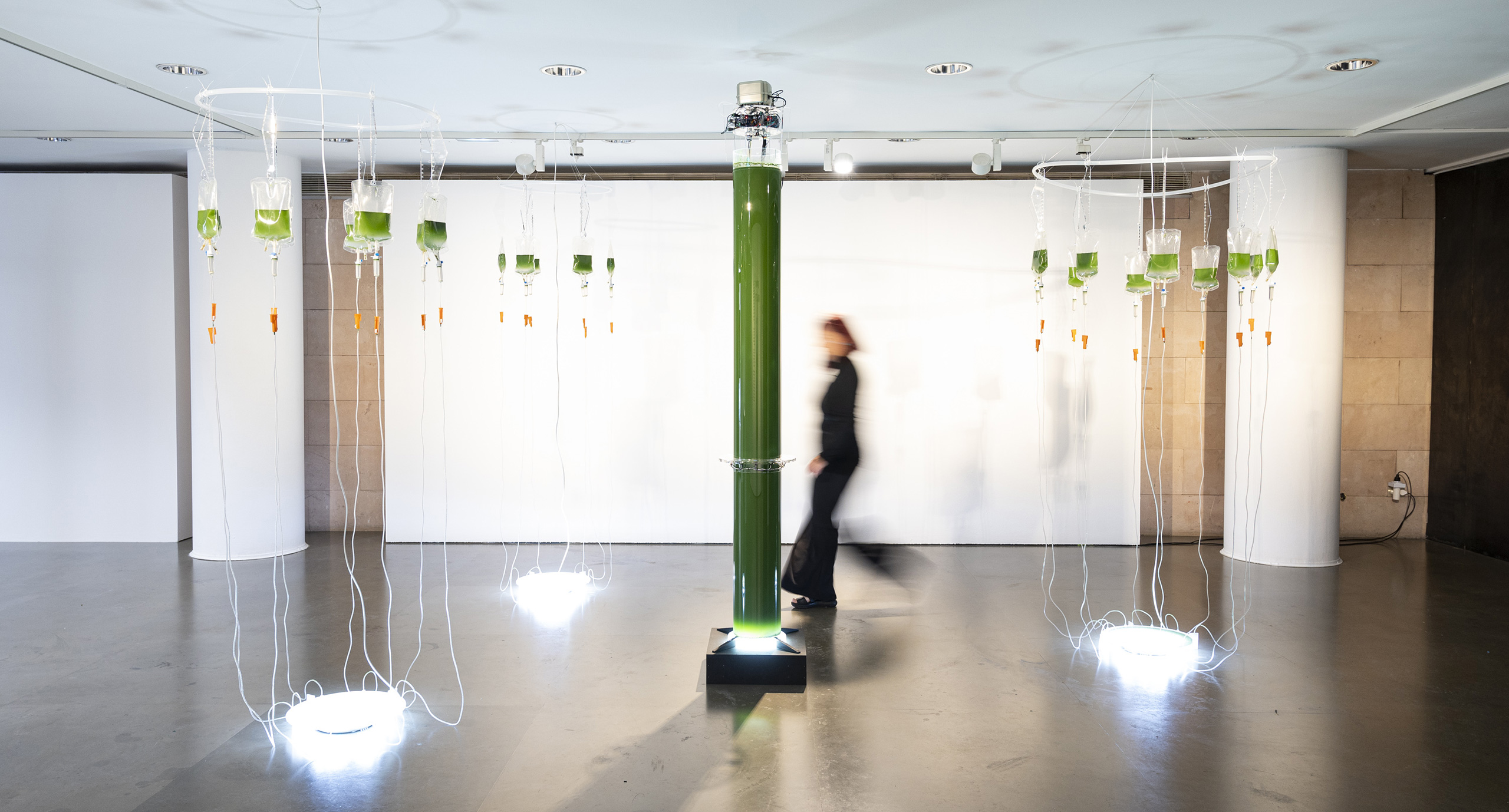
BioAlgaeLab Interspecies is conceived as a co-creation between human and non-human organisms, which understands the artistic work as an unstable, changing and mutant entity. This helps us to explore the expressive capacity of both its materiality and its horizontal and biocentric production process. A polyphonic ensemble of multiple temporalities emerges with a prominent protagonist: microalgae.
Microalgae play a crucial role in the context of sustainability due to their potential to address various environmental, social and economic challenges. Some microalgae species have the ability to absorb and remove pollutants from water, including heavy metals and organic compounds. Their use in bioremediation can help clean up and restore contaminated aquatic ecosystems. Microalgae have the ability to capture carbon dioxide (CO2) during their growth, through photosynthesis; which points to a great opportunity to help reduce greenhouse gas emissions and mitigate climate change. Finally, microalgae biomass has great potential for the production of biomaterials due to its high concentration of proteins, polysaccharides and other bioactive compounds. It can serve as a feedstock for the production of bioplastics that are a more sustainable alternative to conventional fossil fuel-derived plastics. These three approaches have been the starting point for the ideation of the art installation entitled BioAlgaeLab Interespecies.
Additionally, we will explore another important property of these biorganisms. Algae and cyanobacteria are popular in the biomaterials field due to their limited nutritional requirements, seasonally independent harvesting, their ability to thrive, and their potential for biomass creation. Algal biomass can be used directly in the production of plastics, where it can be blended with biodegradable materials in biomaterial generation and research. The renewable and sustainable nature of spirulina as a biomass source makes it a promising resource to contribute to the production of greener and more sustainable biomaterials in the future.
BioAlgaeLab Interespecies is formalized in a central core, a two-meter-tall tubular structure that acts as a bioreactor for the microalgae. It constitutes the culture medium for our microorganisms (spirulina). The care of this biological solution is carried out by means of light activation timers (16 hours light, 8 hours without light). Light is responsible for triggering photosynthesis in an indoor space, capturing CO2 from the environment and returning a purification of the air by emitting O2. Specific nutrients are dissolved in the aqueous solution, which, due to light activation, turns an intense green. An aeration pump is responsible for activating the agitation of the culture medium to keep it alive, as the spirulina needs to rise to the surface to capture CO2.
Connected to this core is the technological layer of the project. Five sensors (CO2, O2, temperature, pH and color) activate their corresponding Arduino, which is responsible for sending the information in real time to a touch screen located in the lower half of the cylinder. The viewer can see the data that the bioreactor is generating at any given moment.
The lab is completed by three sets of drip infusion bags, which hang from the ceiling of the room supported by circular hoops. These bags contain a stable solution of spirulina, with the corresponding biomass, inside. The biomass is the culture resulting from the production of spirulina from the bioreactor and constitutes the organic agent that will allow the continuation of our interspecies cycle. The connecting tubes hanging from the bags are attached to biological tissues that are deposited on the ground and constitute the third level of our process cycle. Three biomaterials made from the biomass extracted from spirulina, organic skins made from biomaterials. The digital fabrication (laser cut) joins its analog materialization and in its interior are cut out the geographical coordinates that give title to the exhibition and that are articulated as pages of our eco-environmental story.
CREDITS ::
Conceptualization: Esther Pizarro
Production: Esther Pizarro Studio
Technology: Markus Schroll
Funding: Project carried out with the support of the Diputación de Huesca and the Ministry of Culture and Sports
Winning project of the Contract for the development of artistic projects of creation and research Ramón Acín 2021
Winning project of the Ministry of Culture and Sport's Grants for the Promotion of Spanish Contemporary Art, creation and artistic production 2022
EXHIBITED IN ::
Sala Diputación Provincial de Huesca. “Ecologías Fragmentadas :: Contaminación Hídrica (42º30’52’’N; 0º21’6’’W)”. Diputación Provincial de Huesca, Huesca, España. 06/10/2023 al 19/11/2023
ASSOCIATED CATALOG ::
Pizarro, Esther (2023); Catálogo: Ecologías Fragmentadas :: Contaminación Hídrica (42º30´52´´N; 0º21´6´´W). Autor libro. Textos: David Barro y Esther Pizarro. Edita: Diputación Provincial de Huesca. Extensión: 136 páginas. Idioma: español. Formato: 17 x 21 cm. Encuadernación: tapa blanda. ISBN: 978-84-19322-03-6. DL: HU 177-2023

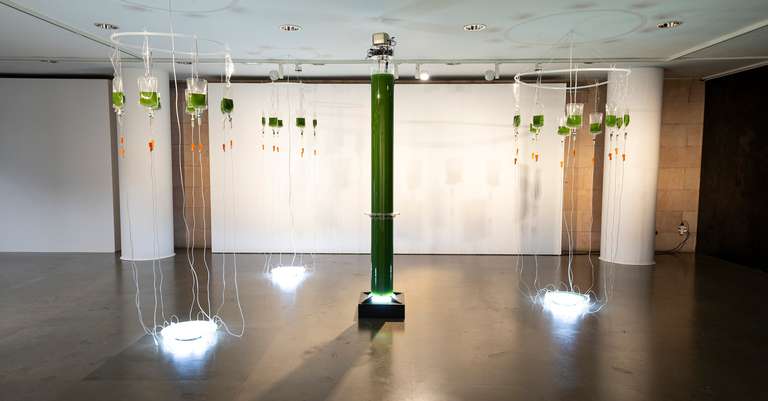
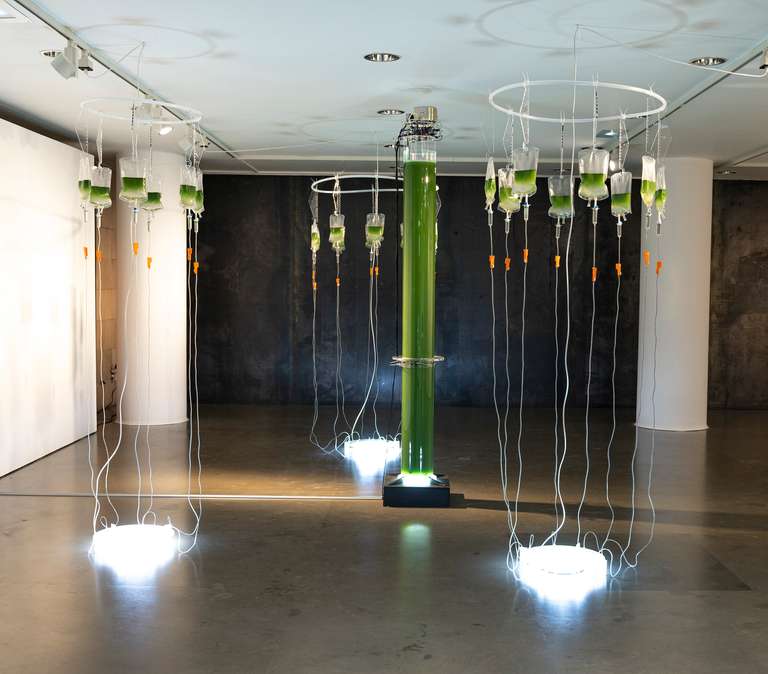
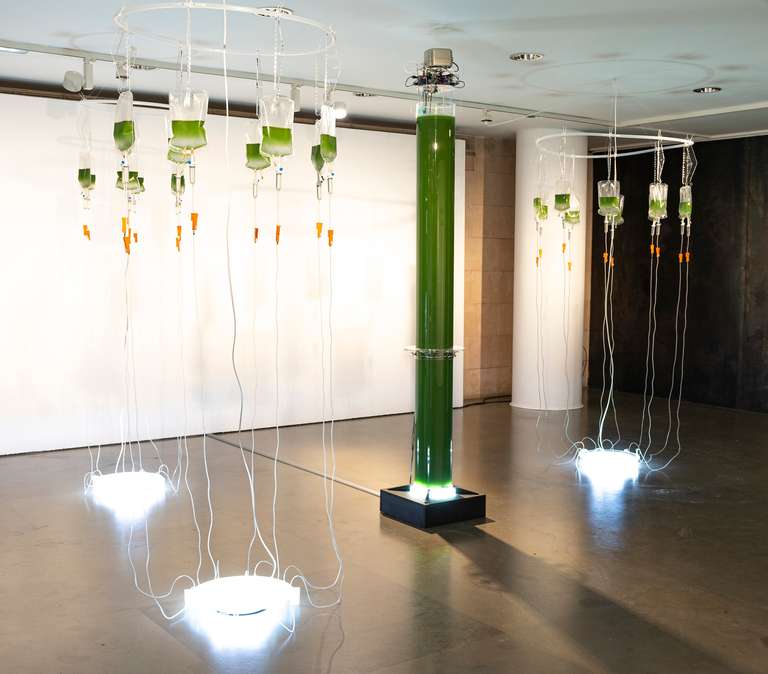
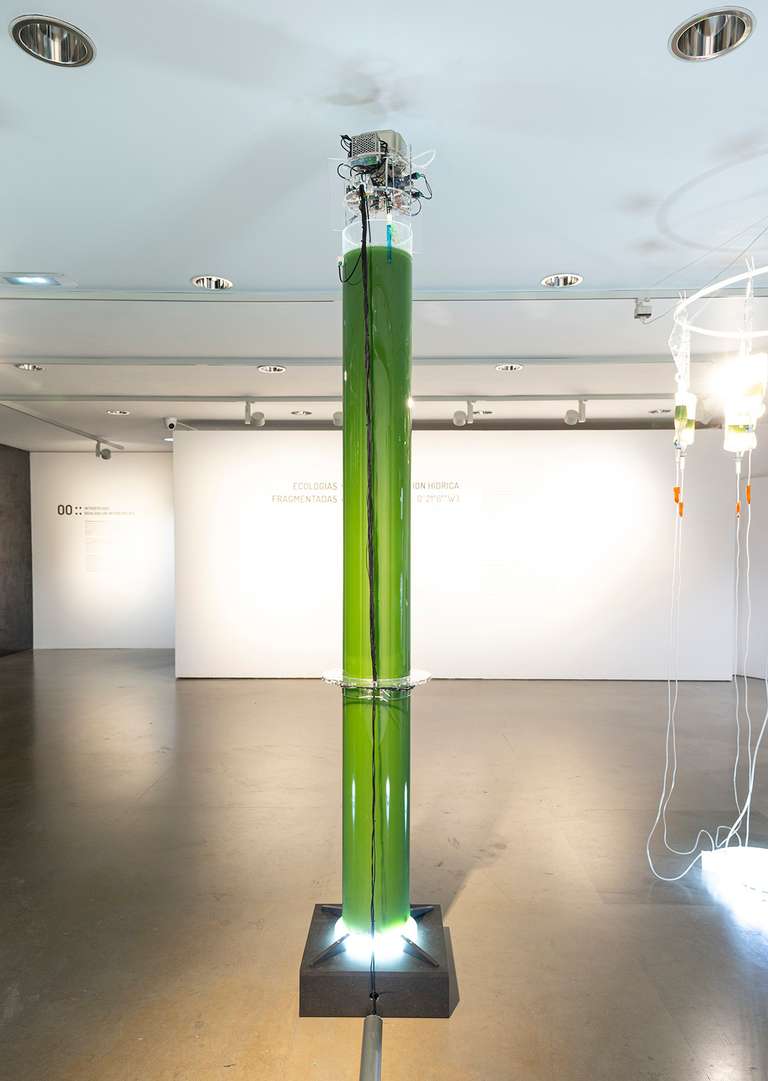
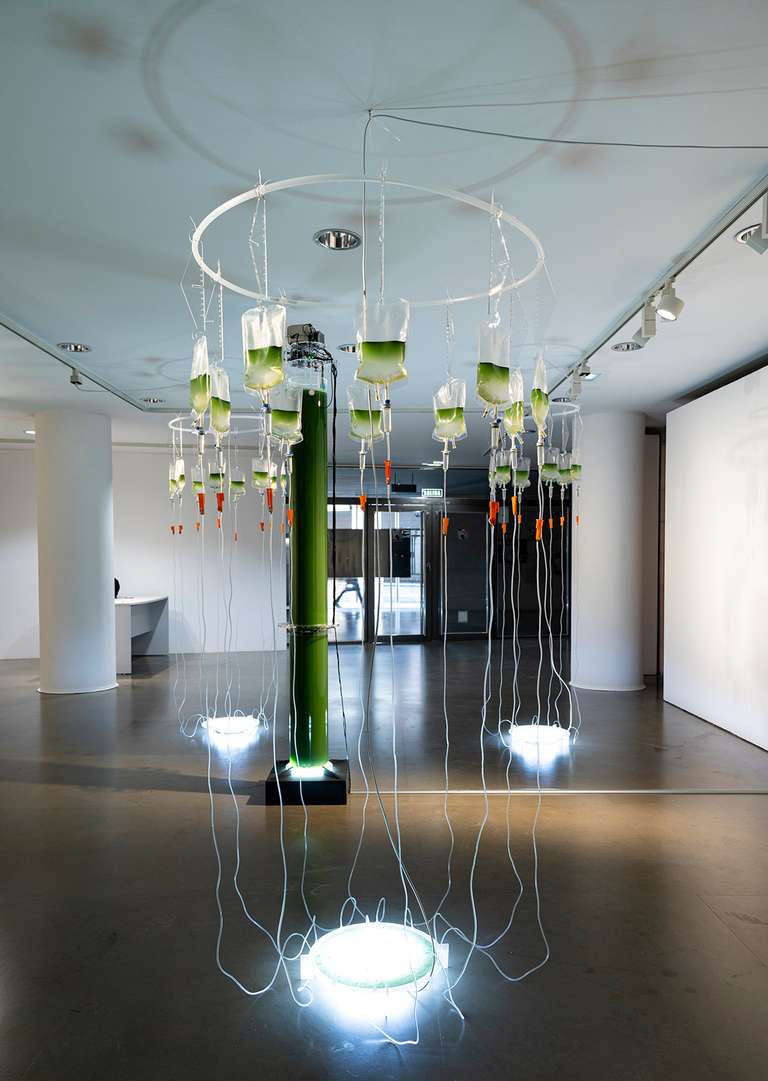
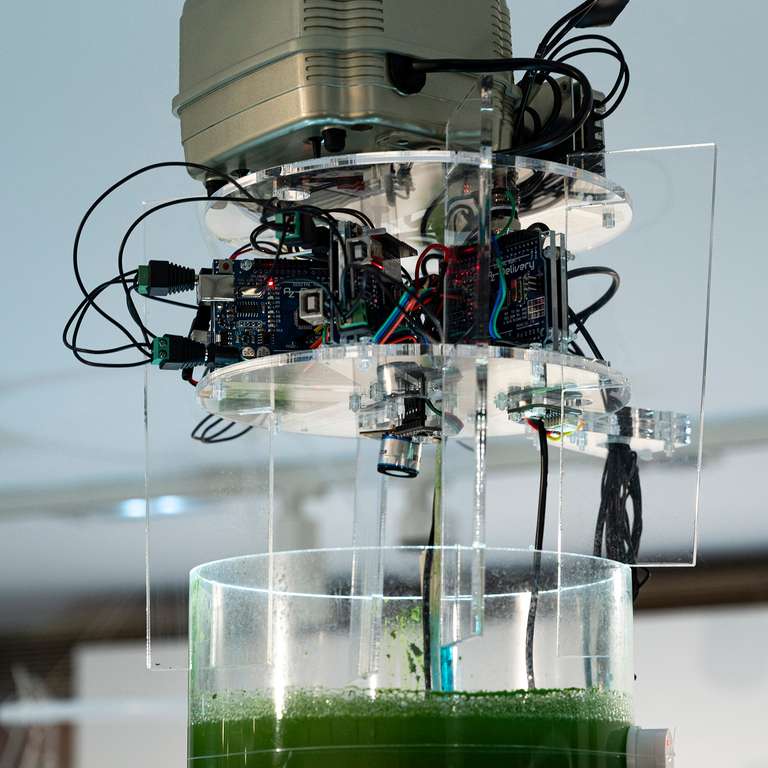
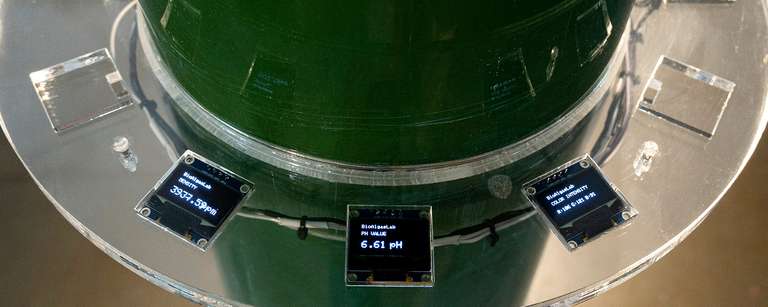
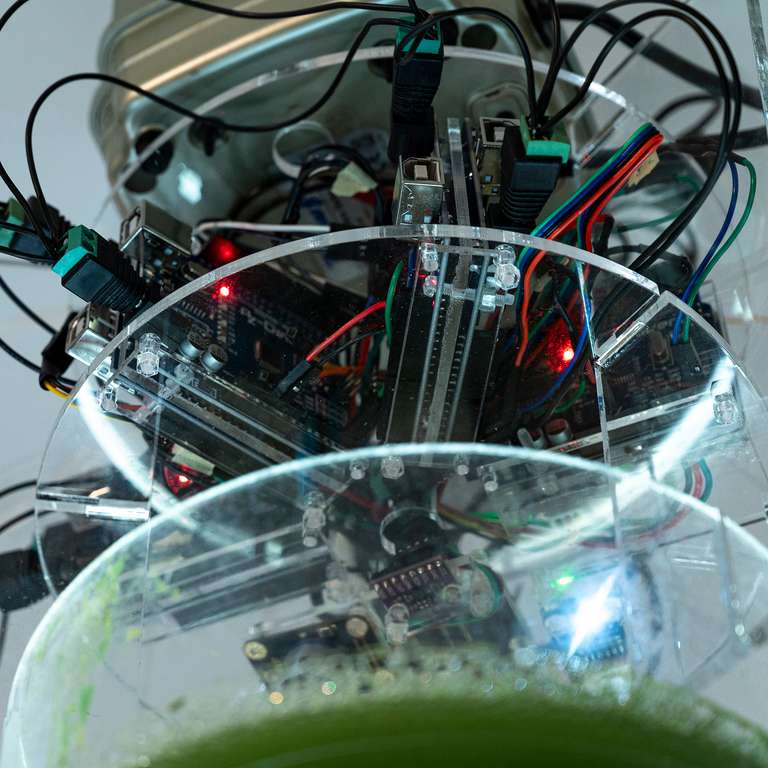
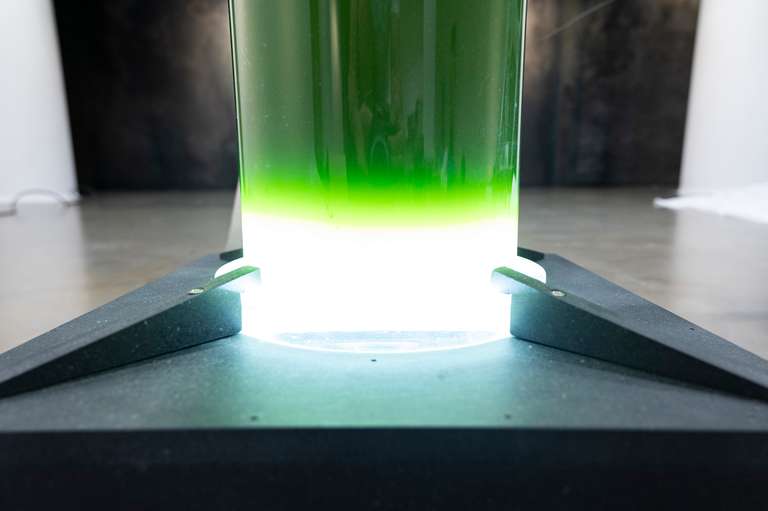
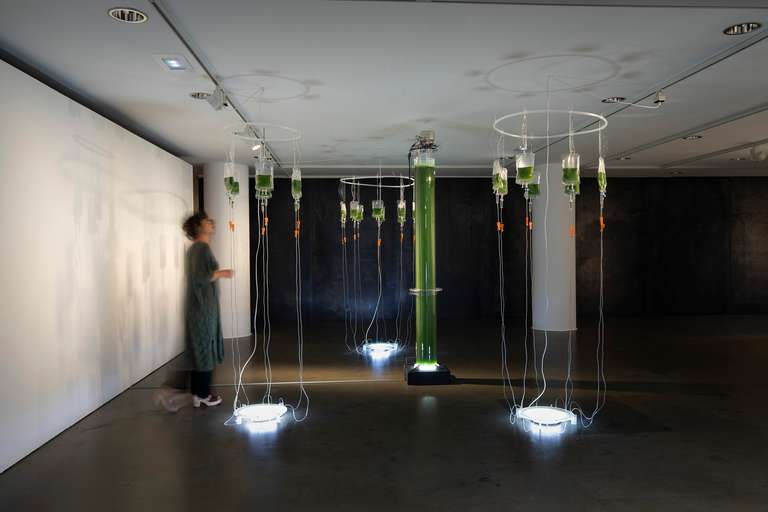
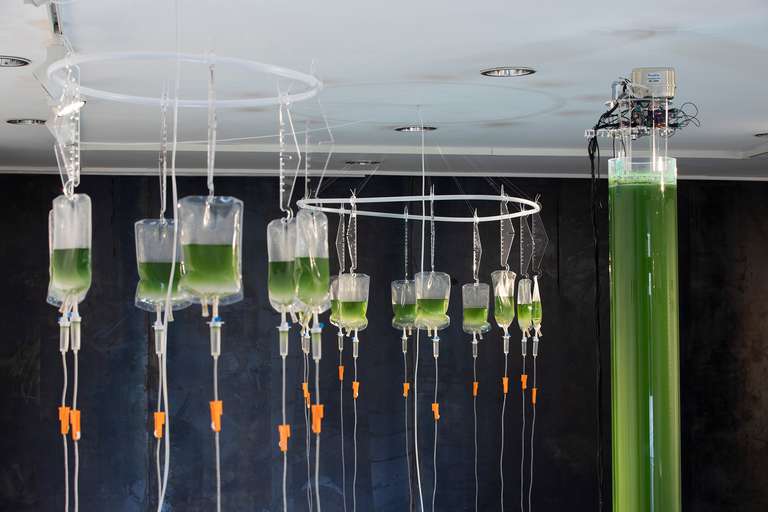
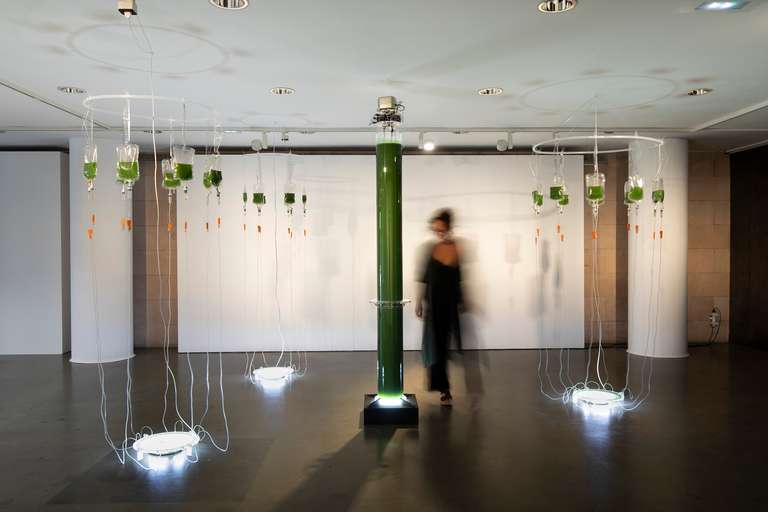
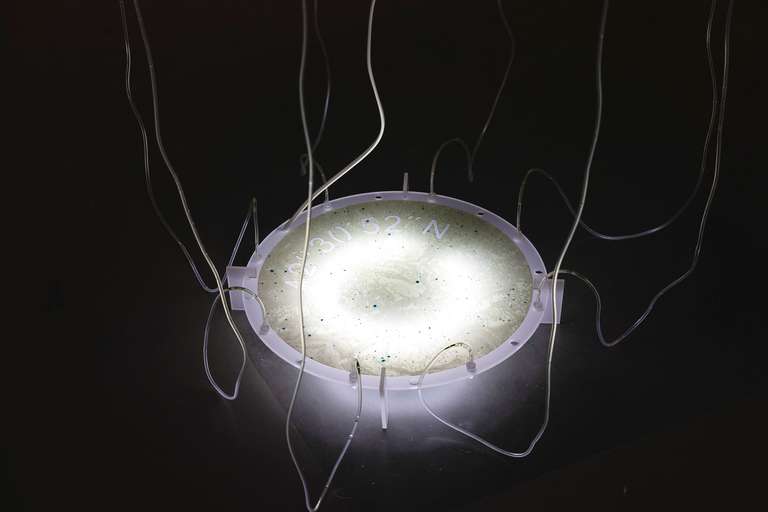
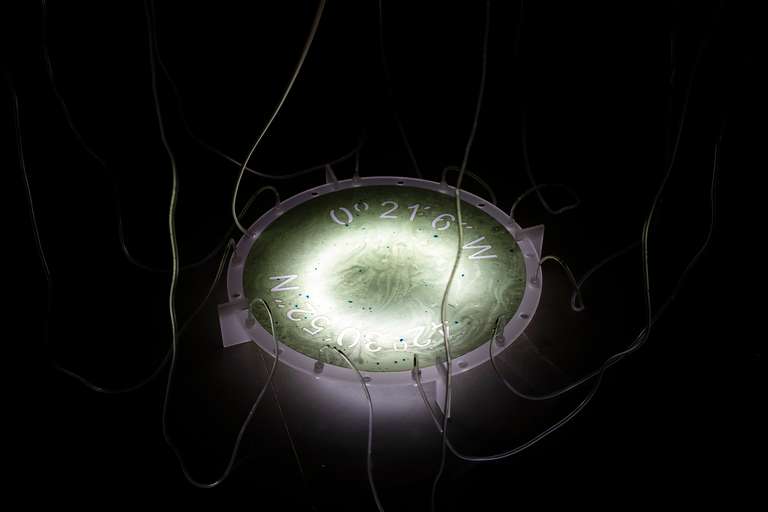
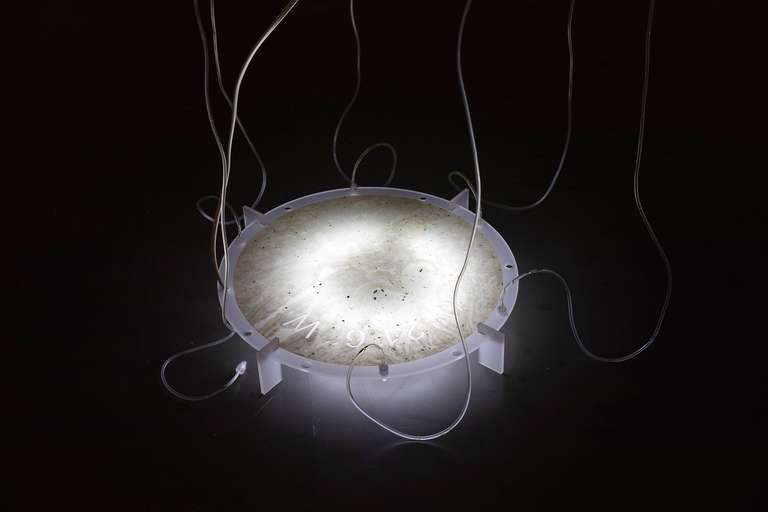
![[HH] MUNDIAL :: Planisferio ©2023](https://www.estherpizarro.es/ing/media/posts/72/01_featured_HH_mundial_rz.jpg)